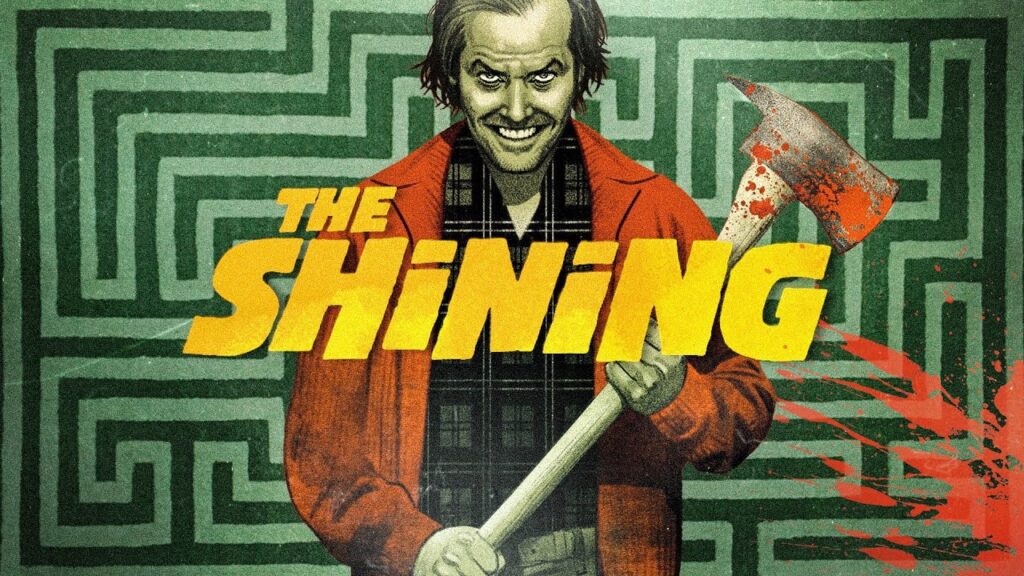
"One technique powerfully employed in the film has the incongruous name of "Mickey Mousing." Named after the manner in which classic cartoons were scored in tight synchrony with the movements of their characters, it had fallen into disuse by the nineteen-seventies, when a subtler cinematic style prevailed."
"For The Shining, Kubrick and musical editor Gordon Stainforth chose to revive it, assembling scenes to pieces of music like Béla Bartók's "Music for Strings, Percussion and Celesta" so as to heighten not just shock moments, but also to deepen the sense of dread that pervades the movie from its opening moments."
The Shining is often regarded as one of the scariest films ever made, largely credited to its innovative sound design. A notable technique used in the film is termed "Mickey Mousing," which involves scoring music in synchronization with character movements. Kubrick and musical editor Gordon Stainforth deliberately revived this technique, pairing scenes with works like Béla Bartók's "Music for Strings, Percussion and Celesta". This creates a heightened sense of dread throughout the film, revealing that much of its horror is experienced aurally rather than visually.
Read at Open Culture
Unable to calculate read time
Collection
[
|
...
]